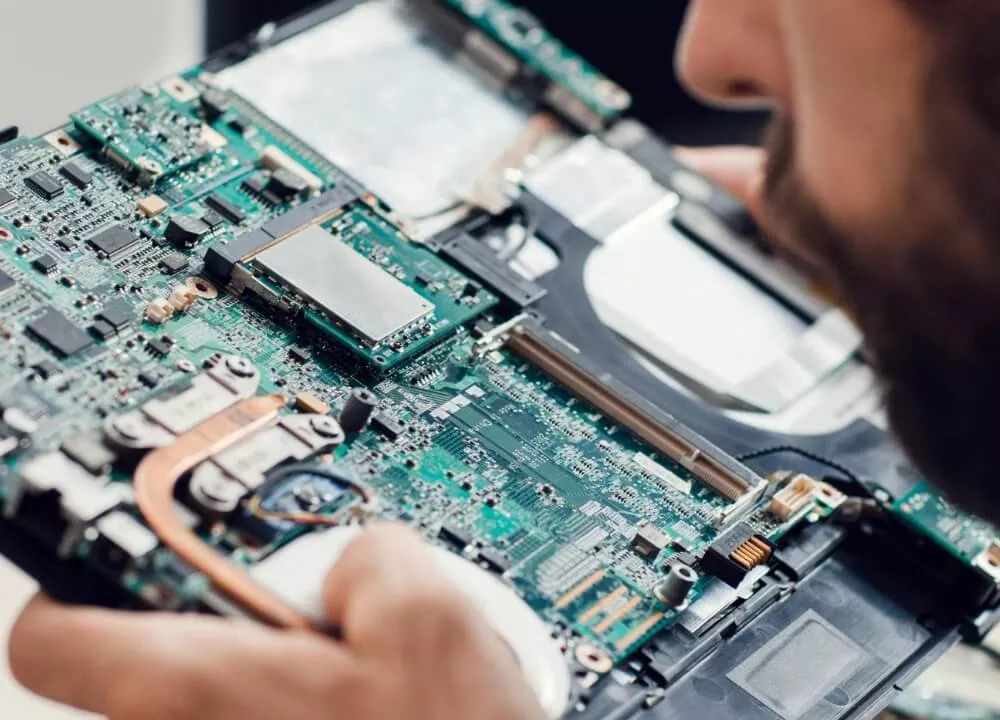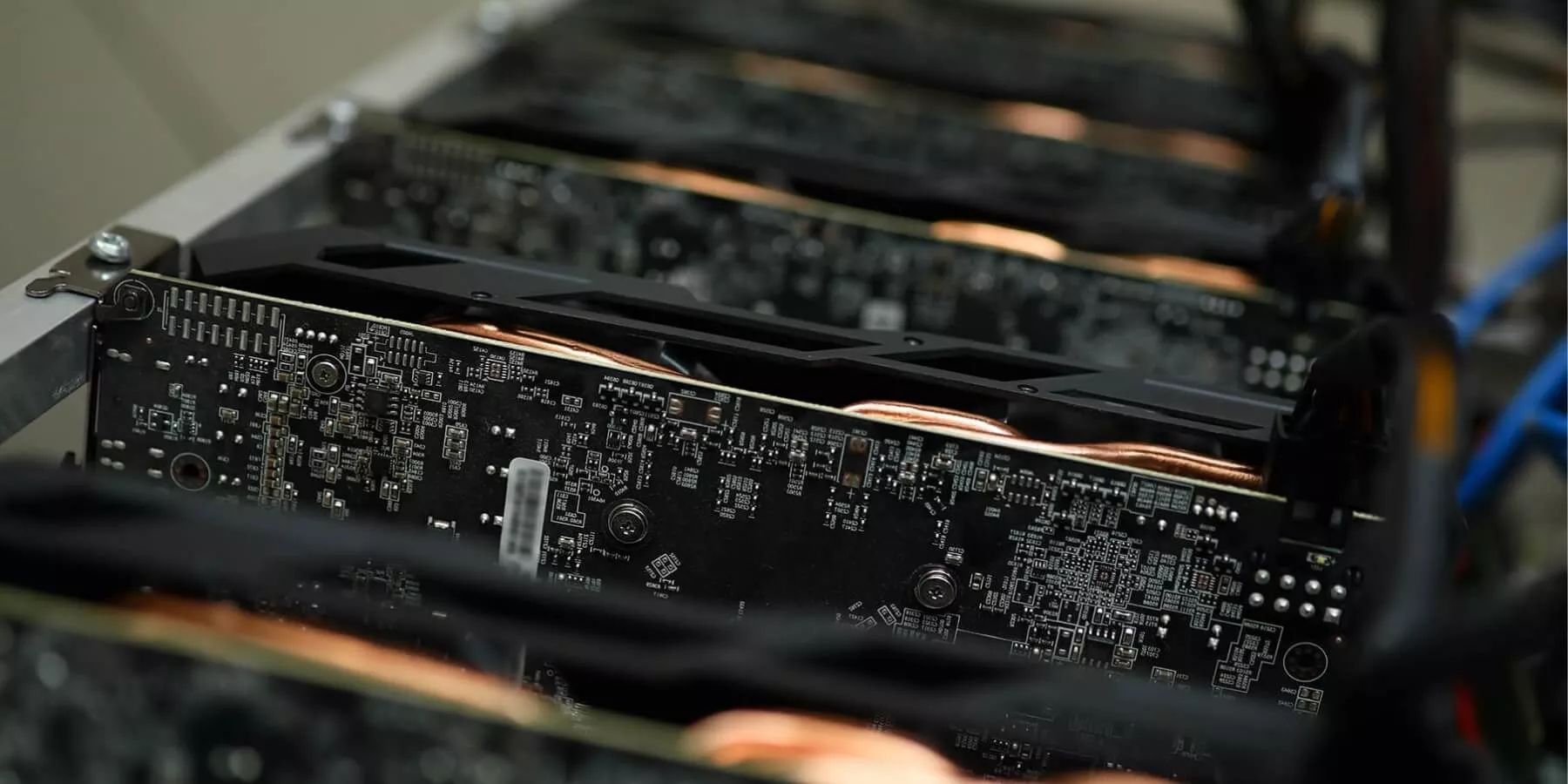2025 Sustainability Goals
100 %
Promote sustainable procurement and increase the use of environmentally friendly materials in products and packaging by 100%
50 %
Expanding green competitiveness and increasing the proportion of Eco Labels revenue to more than 50%
100 %
The security of the R&D environment has been improved, and the coverage rate of international information security standards will reach 100% in 2025
20 %
Responding to the circular economy to improve the efficiency of resource use, and the global product recycling rate reaches 20%
Key Action


Always keep promises
89 %
Eco Friendly Product revenue exceeded 89%
91 %
Halogen-free components accounted for 91%
13 %
Achieved global product recycling rate of 13%
3500 tonnes
3,500 tonnes of post-consumer recycled plastics have been used since 2017
FSC™-certified paper
Use paper materials certified by Forest Stewardship Council (FSC), and a total of 1,090 tonnes was used in 2024
EPEAT Climate+
Continue to be an EPEAT Climate+ Champion in 2024
TCO Generation 10
Commercial notebooks are among the first to achieve TCO Generation 10 certification







